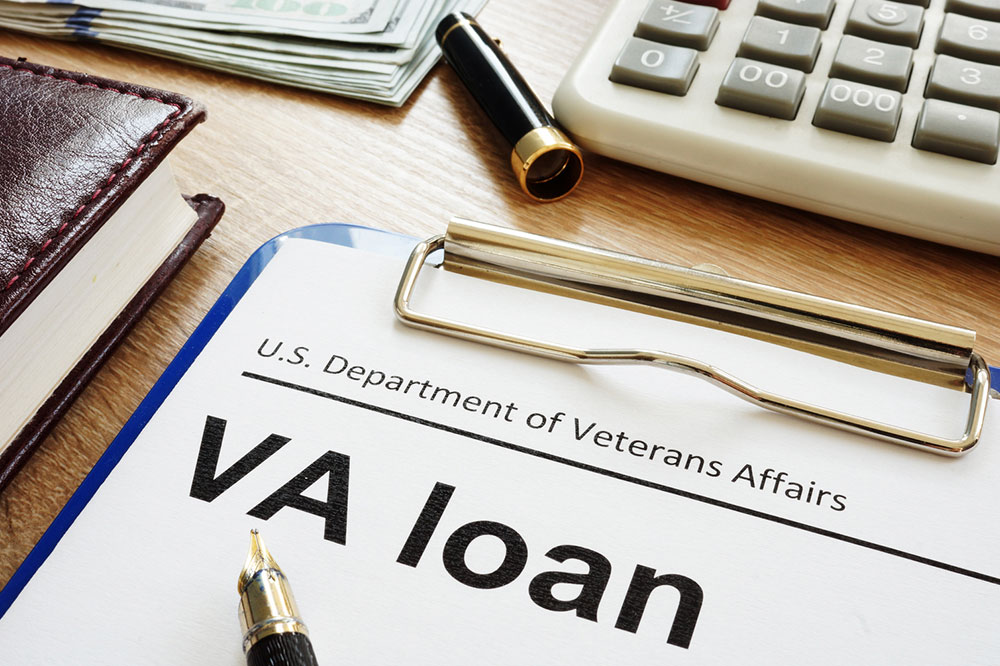7 Tips to Getting a Home Loan Approval

The home-buying process is a complex task. It requires some back and forth, and research. Whether you are buying a home for the first time or are in the process of doing so again, some things remain important. Making sure these basics are taken care of will eliminate the roadblocks and make things easier. They also make sure you aren’t swinging between being hopeful and disappointed when you are just beginning to consider buying a new home.
Check credit reports
Before going all in with the home loan application process, there are a few steps to be taken. One of the first things you should do is check your credit reports. The loan amount and approval are all dependent on your existing reports. You can even pull credit reports from all the major credit bureaus for comparison purposes. Making use of annualcreditreport.com’s free annual report is an easy way to achieve this. Take time to review your reports and ensure there aren’t any missing accounts. At the same time, you can also contest the bureau if there are any mysterious accounts included in the reports.
Improve score
If your credit score and reports are perfect, you can skip this step. If not, it is important to take the time out and get your FICO score to check your credit score. This detail is not available in your credit reports, so you will have to use one of the significant credit lender websites to get your hands on it. Most home loan providers will prefer applicants with a credit score above 600 or 620 to consider giving them a mortgage. However, if yours is around 500, you might still be eligible to apply for some government-backed home loans. Of course, a higher credit score makes for a more affordable loan deal. Make sure you aren’t making any major purchases or opening new credit lines for a while before you take that loan.
Check affordability
It is important to check how much you can afford to pay for a house. You can use online mortgage calculators to check for the same in different scenarios and even use real-time rates. Calculating your DTI ratio is a safe way of predicting your affordability and can go a long way in helping you arrive at the right choice. You should also take into consideration additional costs like property taxes and homeowners insurance.
Pick a type
Once you have successfully determined your eligibility and affordability of a home loan, it is time for you to decide on the type of loan. This means considering the lender you want to deal with. Your loan provider could be a government-backed organization or a conventional lender. Since you are the one taking out the loan, you also have to make a choice about the type of interest you want to pay. It could be fixed or variable interest. Lastly, the term of your home loan is also going to be a contributing factor.
Assemble the necessary documents
Once your finances are in shape and ready to start the borrowing process, you have to prioritize getting your documents in order. Your mortgage approval process will require a whole lot of documentation, and you might want to get things in order beforehand. Some of the things you would want to keep handy are proof of assets, income verification documents, and a list of liabilities. Additional documentation needed depends on the lender you are dealing with. Some lenders may want proof of rental agreement or timely payments if you are a renter.
Shop around for rates
Before you set about finalizing the loan agreement, dotting the i’s, and crossing the t’s, it is crucial that you shop around a bit. There is room to bargain or make a few adjustments and get the best possible deal. But for that to happen, you must know the potential scenarios and how you can benefit from them. Pay attention to interest rates, origination fees, closing costs, and mortgage insurance. Even the slightest change in one of these things can end up changing the repayment amount by thousands of dollars. Knowing the APR can help you rationalize how much a mortgage is going to cost you, assuming you are keeping the loan for its complete term.
Consider preapproval
As exciting as it is, getting a new house is a stressful business. You have to run around considering options, extending offers, and getting loans for months before you can finally call the place yours. That said, there are routes you can take to lessen some of the stress it brings. Getting a pre-approved home loan is one of the ways you can make things easier for yourself. Having a pre-approved mortgage also lends you an edge over other buyers. You might still have to get some documents in a row and provide some proof, but it can be an easier route for some. This also gives you access to a precise number that can smoothen your house-hunting process. And then, you can go ahead with the mortgage application once you have narrowed down your choices and are waiting for the house owners to accept.
If you are a veteran or a service person, things are made much easier for you with Veterans United home loans. These mortgages are backed by the government and provide all the required details for your application. If you have any questions, you can simply request a call and have your queries about current VA home loan rates, and requirements answered. You can just as easily visit their official website to check some of the plans they offer and compare the terms according to your requirements before going ahead with a consult. It will also give you time to put together questions you might have about any of their services or loans.






